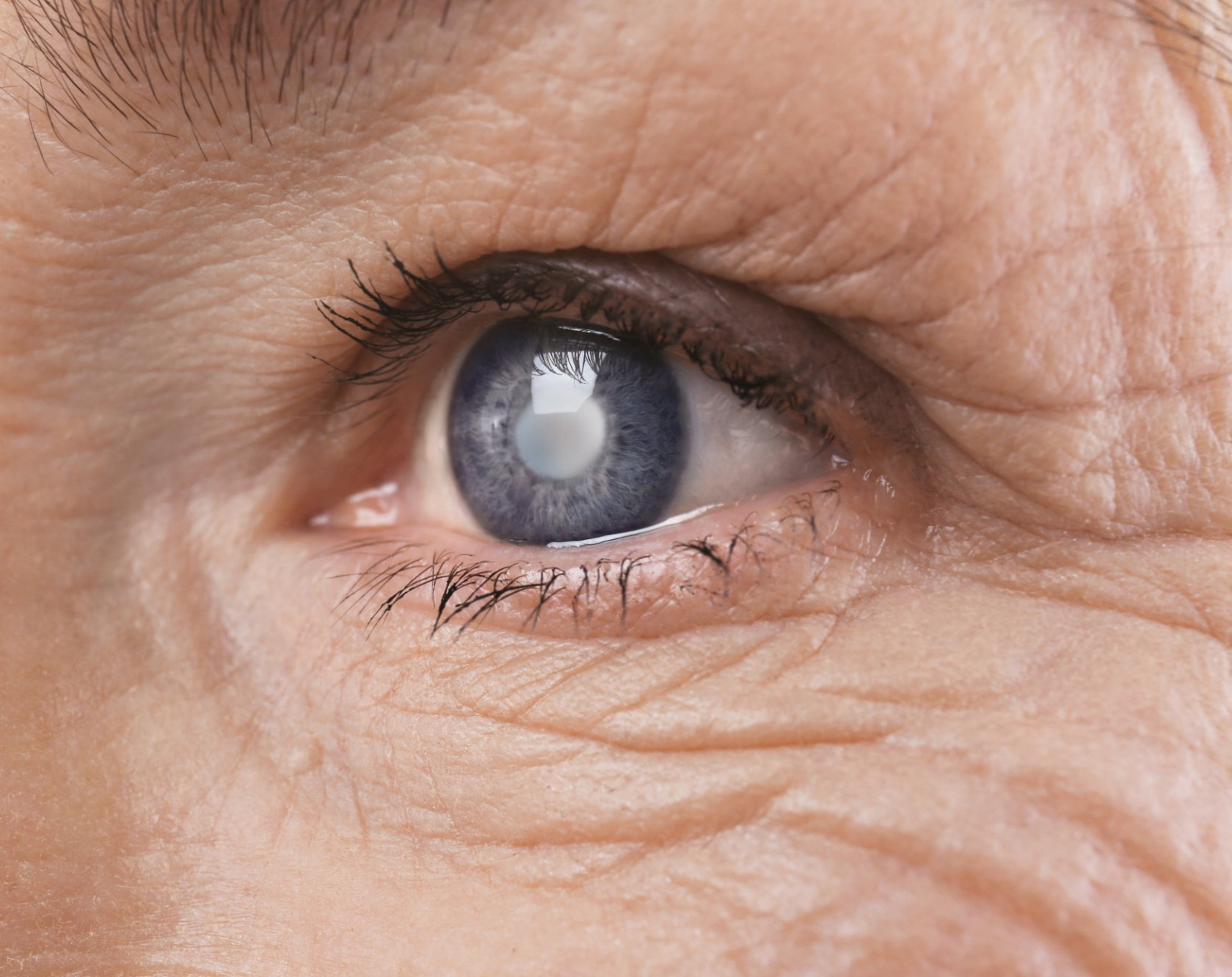Cataracts
A cataract is defined by the clouding of the eye's natural lens, which is a result of the years-long buildup of proteins in the lens as we get older. Though cataracts are painless, it is a serious condition that may result in progressive loss of vision if left undiagnosed and untreated. There are other possible causes of cataracts which may include trauma to the eye, side effects from medications, chronic health conditions such as diabetes, and accumulated exposure from the environment (smoking, UV light, etc).
In addition to vision impairment that may interfere with conducting daily activities, cataract sufferers may experience the following symptoms:
- Blurred vision
- Sub-optimal vision in bright light or during the night
- Seeing halos around lights
- Double vision
- Yellow tinted or color-faded vision
- Frequent prescription updates for eyeglasses or contact lenses
Fortunately, cataract surgery is an overwhelmingly safe and effective treatment, with well over 95% of patients enjoying successful restoration of their vision and experiencing minimal (if any) complications. To learn more about your treatment options and to schedule an appointment, you may contact our office.
A SCAN
A SCAN ultrasound biometry (which is short for amplitude scan) is commonly referred to as an A-scan. The most common use of the A-scan is to determine eye length for calculation of intraocular lens power. This scan is a routine type of diagnostic test that is used in ophthalmology to provide data on the length of the eye.
Monofocal Lens
A monofocal lens will correct distance vision that is not affected by astigmatism. This lens requires patients to wear glasses for reading and intermediate vision as well as to correct any residual astigmatism that is left after surgery.
Toric Lens
Toric Lens, a type of intraocular lenses (IOL) are used to replace your eye’s cloudy lens during cataract surgery. Using a Toric Lens allows your doctor to correct your cataract and your pre-existing astigmatism, during a simple procedure.
Multifocal Lens
A lens called presbyopia-correcting lenses also referred to as Multifocal intraocular lenses have begun to replace monofocal intraocular lenses, which allow correction of ALL distances, in an effort to make vision as natural as possible.
Optiwave Refractive Analysis (ORA)
The ORA™, or Optiwave Refractive Analysis, is a device used during cataract surgery that allows the surgeon to take vital micro-measurements of the patient's eye. Taking these measurements while performing cataract surgery increases the doctor's level of accuracy, which helps to maximize optimal vision results for the patient post-operation.
